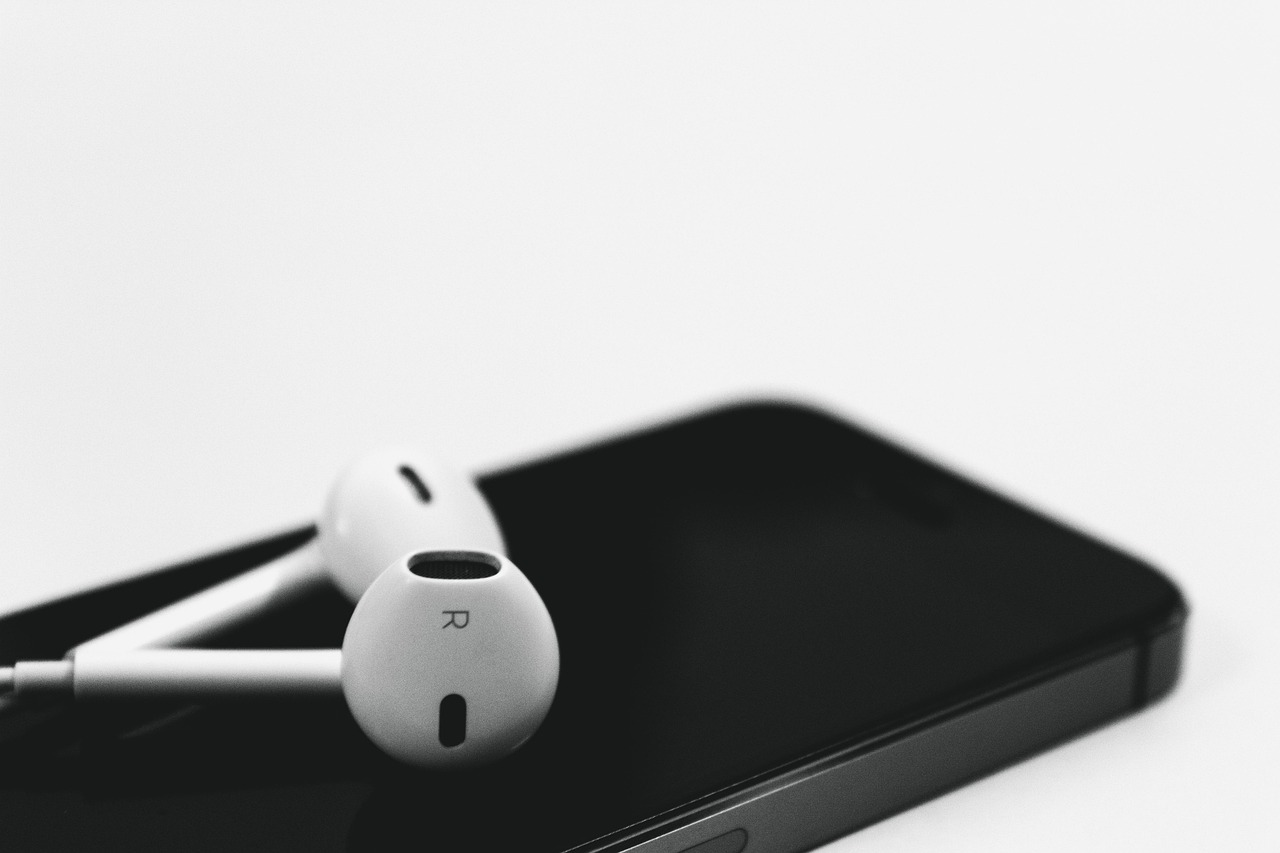Power banks have become indispensable accessories in our increasingly mobile world. Whether you’re a frequent traveler, an outdoor enthusiast, or simply someone who relies heavily on their devices, a reliable power bank can be a lifesaver. This guide will explore everything you need to know about power banks, helping you make informed decisions when choosing the right one for your needs.
Understanding Power Banks: The Basics
What is a Power Bank?
A power bank, also known as a portable charger or battery pack, is a rechargeable battery enclosed in a case, designed to charge electronic devices such as smartphones, tablets, and laptops when a standard power outlet isn’t available. Think of it as a reserve fuel tank for your digital life.
How do Power Banks Work?
Power banks store electrical energy in their internal batteries. When you connect your device to the power bank via a USB cable, the power bank releases this stored energy to charge your device’s battery. The process is similar to plugging your device into a wall outlet, but the power source is self-contained.
Key Specifications: mAh, Voltage, and Output
Understanding these specifications is crucial for choosing the right power bank:
- mAh (Milliampere-hour): This indicates the battery capacity of the power bank. A higher mAh rating generally means more charges for your devices. For example, a 10,000 mAh power bank can typically charge a smartphone with a 3,000 mAh battery about 3 times.
- Voltage: Power banks output voltage, typically 5V, must match the required input voltage of your device. Most modern devices are designed to work with 5V USB charging.
- Output Amperage (A): This determines how quickly the power bank can charge your device. A higher amperage (e.g., 2.1A or 2.4A) will result in faster charging compared to a lower amperage (e.g., 1A). Check your device’s charging requirements to ensure compatibility. Look for “fast charging” compatibility like Qualcomm Quick Charge or USB Power Delivery (PD) for the fastest charging.
Choosing the Right Power Bank
Capacity: How Much Power Do You Need?
Determining the right capacity depends on the devices you need to charge and how frequently you’ll need to charge them. Consider these factors:
- Smartphone Users: A 5,000 mAh to 10,000 mAh power bank is often sufficient for daily smartphone charging, offering one to three full charges.
- Tablet and Laptop Users: For larger devices, opt for a power bank with a higher capacity, such as 20,000 mAh or more. Some power banks are specifically designed for laptops, providing enough power for a partial or full charge.
- Multiple Devices: If you need to charge multiple devices simultaneously, look for power banks with multiple output ports and a higher total output wattage.
Features to Consider
Beyond capacity, consider these features:
- Number of Ports: Do you need to charge multiple devices at once? Choose a power bank with multiple USB ports. Some even include USB-C ports.
- Charging Speed: Look for power banks with fast-charging technologies like Quick Charge or Power Delivery (PD) for faster charging times.
- Size and Weight: Consider portability. A larger capacity usually means a heavier power bank. Balance capacity with portability for your specific needs. Slim, lightweight options are available.
- Safety Features: Overcharge protection, over-discharge protection, short-circuit protection, and temperature control are essential for safe charging. Look for certifications from reputable safety organizations.
- Durability: If you plan to use the power bank outdoors, consider a ruggedized model that is water-resistant and drop-proof.
Brands and Reliability
Choose reputable brands known for quality and reliability. Some popular brands include Anker, Mophie, RAVPower, and Xiaomi. Reading online reviews and comparing specifications can help you make an informed decision. Avoid suspiciously cheap or unknown brands.
Maximizing Power Bank Lifespan and Safety
Proper Storage
Store your power bank in a cool, dry place away from direct sunlight and extreme temperatures. Avoid leaving it in a hot car, as this can damage the battery.
Charging Practices
- Avoid Fully Discharging: While modern lithium-ion batteries don’t suffer from “memory effect” like older nickel-cadmium batteries, consistently fully discharging your power bank can shorten its lifespan.
- Use the Correct Charger: Use the charger that came with the power bank or a reputable charger with the correct voltage and amperage.
- Don’t Overcharge: Once your power bank is fully charged, disconnect it from the charger to prevent overcharging. Many modern power banks have built-in overcharge protection, but it’s still a good practice.
Safety Precautions
- Inspect for Damage: Regularly inspect your power bank for any signs of damage, such as swelling, leaking, or cracked casing. If you notice any damage, discontinue use immediately.
- Avoid Extreme Conditions: Do not expose your power bank to extreme temperatures or humidity.
- Use Certified Products: Purchase power banks from reputable brands with safety certifications.
Power Banks for Specific Needs
Travel Power Banks
When traveling, consider these factors:
- TSA Regulations: Check TSA guidelines for permitted battery sizes. Generally, power banks under 100Wh (Watt-hours) are allowed in carry-on luggage.
- International Compatibility: Ensure the power bank is compatible with international voltage standards if you plan to charge it in different countries.
- Multiple Ports: Choose a power bank with multiple ports to charge multiple devices during long journeys.
Outdoor and Emergency Power Banks
For outdoor adventures or emergency situations:
- Rugged Design: Opt for a ruggedized power bank that is water-resistant, dustproof, and shockproof.
- Solar Charging: Consider a solar-powered power bank for extended off-grid use. However, note that solar charging can be slow and unreliable depending on sunlight conditions.
- Built-in Flashlight: Some power banks include a built-in LED flashlight, which can be useful in emergencies.
Power Banks for Laptops
Laptop power banks require higher capacity and voltage output:
- USB-C Power Delivery (PD): Look for power banks with USB-C PD output, which is specifically designed for charging laptops.
- High Capacity: Choose a power bank with at least 20,000 mAh for a partial or full laptop charge.
- Compatibility: Ensure the power bank is compatible with your laptop’s charging requirements.
Conclusion
Choosing the right power bank involves considering your specific needs, understanding key specifications, and prioritizing safety. By carefully evaluating capacity, features, and brand reputation, you can select a power bank that keeps your devices charged and ready, no matter where life takes you. Remember to prioritize safety by choosing certified products and following proper storage and charging practices. A reliable power bank is an investment that can provide peace of mind and ensure you stay connected when it matters most.




